Dynamic Programming
Dynamic Programming (DP) is a powerful algorithmic technique used to solve complex optimization problems by breaking them down into simpler sub-problems. It is particularly effective for problems that exhibit overlapping sub-problems and optimal substructure properties. By storing the results of these sub-problems, DP avoids redundant calculations, leading to more efficient solutions. This approach is widely utilized in various fields, including computer science, operations research, and artificial intelligence, making it a crucial concept for algorithm design and problem-solving. Understanding DP can significantly enhance one’s ability to tackle challenging computational tasks effectively.
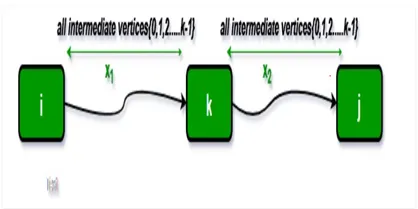
Dynamic Programming
Dynamic Programming (DP) is an algorithmic technique for solving an optimization problem by breaking it down into smaller sub-problems and taking advantage of the fact that the best solution to the…
📚 Read more at Analytics Vidhya🔎 Find similar documents
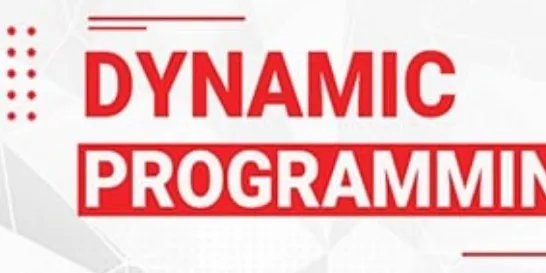
What is Dynamic Programming?
Dynamic programming is a methodology useful for solving problems that involve taking decisions over several stages in a sequence. It is an algorithmic technique for solving an optimization problem by…...
📚 Read more at Python in Plain English🔎 Find similar documents
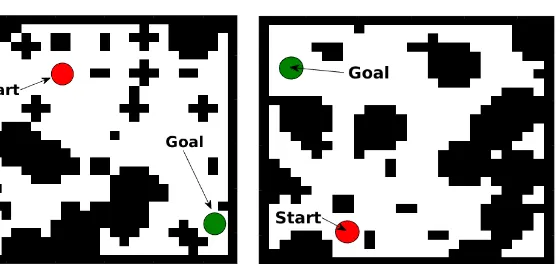
Dynamic Programming in RL
Dynamic Programming is a mathematical optimization approach typically used to improvise recursive algorithms. It basically involves simplifying a large problem into smaller sub-problems. There are…
📚 Read more at Towards Data Science🔎 Find similar documents

What is Dynamic Programming?
Hi folks 👋,In this episode, we are going to learn about dynamic programming, An approach to solving some mathematically hard problems in computer science. Dynamic Programming is one of the widely use...
📚 Read more at Javarevisited🔎 Find similar documents
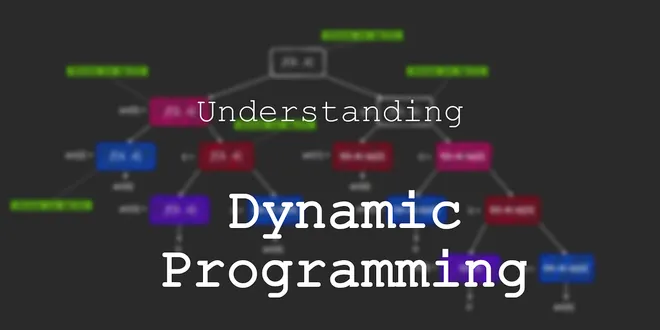
Understanding Dynamic Programming
Dynamic programming, or DP, is an optimization technique. It is used in several fields, though this article focuses on its applications in the field of algorithms and computer programming. Its a…
📚 Read more at Towards Data Science🔎 Find similar documents

Dynamic Programming Basics
Photo by WrongTog on Unsplash Dynamic programming (DP) is one of the most powerful techniques in computer science for solving complex problems by breaking them down into simpler subproblems. The metho...
📚 Read more at The Pythoneers🔎 Find similar documents
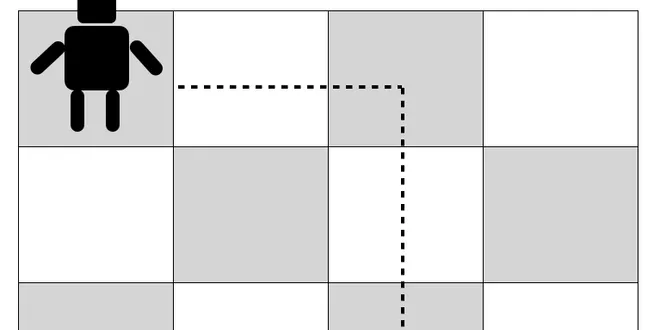
Quick Guide to Dynamic Programming
Dynamic programming is a general method to solve optimization problems (“find the maximum/minimum/shortest/longest…”) by breaking them down into smaller ones (“divide and conquer”) and keeping track…
📚 Read more at Towards Data Science🔎 Find similar documents

Getting Started with dynamic programming
Dynamic Programming is mainly an optimization over plain recursion. Wherever we see a recursive solution that has repeated calls for the same inputs, we can optimize it using Dynamic Programming. The ...
📚 Read more at Javarevisited🔎 Find similar documents

Solving Problems With Dynamic Programming
Dynamic programming is a really useful general technique for solving problems that involves breaking down problems into smaller overlapping sub-problems, storing the results computed from the…
📚 Read more at Towards Data Science🔎 Find similar documents

Dynamic Programming: Solving Complex Problems Efficiently
Dynamic Programming (DP) is a powerful technique that transforms complex problems into manageable solutions by breaking them down into smaller subproblems. It’s a must-know for programmers tackling op...
📚 Read more at Python in Plain English🔎 Find similar documents

Dynamic Programming in Golang
Dynamic programming can be thought of as a way of breaking a complex problem into sub-problems, solving each of these sub-problems once, and saving the solutions for later use. As we’ll see later in…
📚 Read more at Better Programming🔎 Find similar documents

A Systematic Approach to Dynamic Programming
Dynamic programming (DP) can be an intimidating concept at first. This problem-solving technique builds on non-intuitive constructs such as recursion, backtracking, and recurrence relations. The good…...
📚 Read more at Better Programming🔎 Find similar documents

